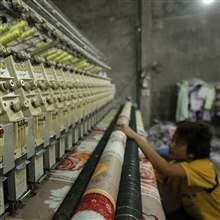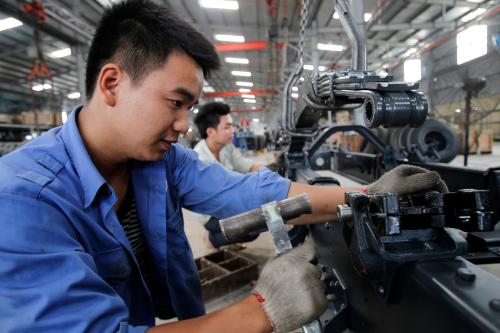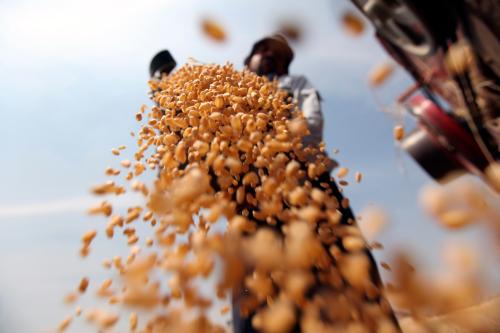Africa remains the world’s poorest continent, and wages are low. As costs rise in Asia, Africa may have an opportunity to break into global markets for simple manufactured products, but low wages alone will not be enough. While some well-managed African firms have productivity levels that when combined with low wages make them competitive with China and Vietnam, this is not true of most firms. Closing the industrial productivity gap between Africa and the rest of the world is essential if it has any hope of breaking into global manufacturing and staying there.
The papers in this section provide quantitative studies of two important sources of firm-level productivity—competition and exports.
The papers on competition are an eclectic group, but they are linked by a common theme: how product and factor markets interact with firm capabilities to encourage firm entry, exit, and movement among sectors. While there is broad agreement among economists that competition promotes productivity growth, the concept of “learning by exporting” has been more controversial.
 |
Learning by Exporting: The Case of Mozambican Manufacturing
In this paper, the authors analyze the learning-by-exporting hypothesis in the Mozambican context. |
|
 |
Exporting and Productivity: The Role of Ownership and Innovation in the Case of Vietnam
This paper explores the relationship between exporting and productivity in Vietnam using an extensive firm-level panel dataset for the period 2005-11. |
|
 |
Exporting and Foreign Direct Investment Spillovers: Cambodia’s Experience
One feature of exporting firms in Cambodia is that they are not of domestic origin but are foreign firms that export from the moment they are established in Cambodia. In this paper, the authors examine the extent to which the presence of foreign-owned export firms impacts on the productivity of domestic firms. |
|
 |
Learning to Export and Learning by Exporting: The Case of Ethiopian Manufacturing
This paper investigates the relationship between exporting and firm performance using a longer panel dataset of Ethiopian manufacturing firms for the period 1996 to 2009. The authors test two hypotheses regarding exporting: selection into exporting versus learning by exporting. |
|
 |
From Productivity to Exporting or Vice Versa: Evidence from Tunisian Manufacturing Plants
In this paper, the authors explore the link between firm productivity and exporting using three firm-level datasets of 1323 Tunisian manufacturing firms from 2004 to 2006. In particular, the paper examines whether more productive firms self-select into export markets, whether exporters achieve productivity improvements through learning-by-exporting effects, and the link between innovation and exporting. |
|
 |
Industry Switching in Developing Countries
Firm entry and exit is a well-recognized source of sector level productivity growth across developing and developed countries, but importance of firms switching activities from one sector to another is little understood. In this paper, the authors show that switching firms seek out competitive opportunities in labor-intensive sectors in response to changes in the market environment, and that resource reallocations resulting from switching form an important component of productivity growth. |
|
 |
Education, Skill, and Earnings: Further Evidence from Ghana
This paper provides evidence on the nature of returns to education in Ghana. The authors find that returns to education more than triple from primary to secondary level or higher––indicating a strong convex relationship. While the results point to the importance of higher education in productivity, educational policies should not only be directed at increasing enrolment and quality of education at the secondary and higher educational levels, but also at improving the quality of basic education. |
|
 |
How Many Manufacturing Firms are there in Mozambique?
This paper addresses the issue of poor data on Mozambican manufacturing firms, and uses a new dataset to provide a more accurate picture of small, medium, and large firms. |
|









